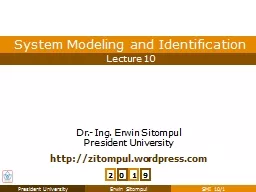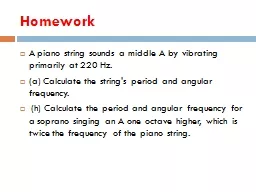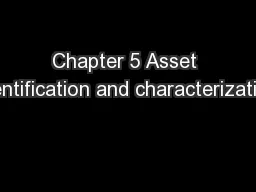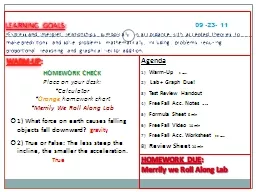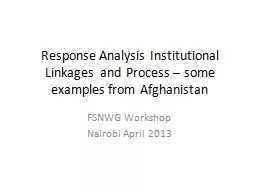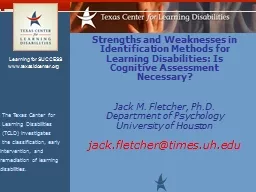PPT-Homework 9 Chapter 6 Identification from Step Response
Author : experimentgoogle | Published Date : 2020-08-27
Time Percent Value Method Determine the approximation of the model in the last example if after examining the t t table the model order is chosen to be 4 instead
Presentation Embed Code
Download Presentation
Download Presentation The PPT/PDF document "Homework 9 Chapter 6 Identification from..." is the property of its rightful owner. Permission is granted to download and print the materials on this website for personal, non-commercial use only, and to display it on your personal computer provided you do not modify the materials and that you retain all copyright notices contained in the materials. By downloading content from our website, you accept the terms of this agreement.
Homework 9 Chapter 6 Identification from Step Response: Transcript
Download Rules Of Document
"Homework 9 Chapter 6 Identification from Step Response"The content belongs to its owner. You may download and print it for personal use, without modification, and keep all copyright notices. By downloading, you agree to these terms.
Related Documents

